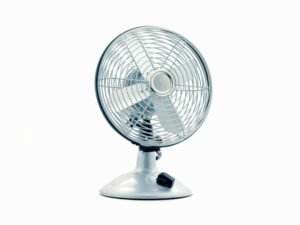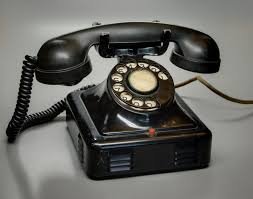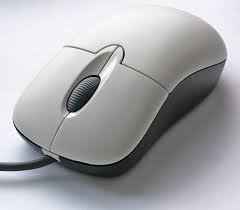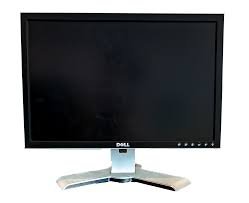Microphone Guide 2025 – Types, Uses & Buying Tips

A microphone guide 2025 is an electronic device that converts sound waves into electrical signals. These signals can then be amplified, recorded, or transmitted. From smartphones to recording studios, microphones are used in countless applications.
Key functions of a microphone:
- Captures voice and instruments for recording
- Enhances communication in meetings, online calls, and live events
- Improves sound quality in streaming and gaming
- Provides accurate sound reproduction for broadcasting and filmmaking
A Brief History of the Microphone Guide 2025
The journey of the microphone dates back to the 19th century.
- 1877: Emile Berliner invented the first phone for telephones.
- 1920s: Carbon microphones became common in radio broadcasting.
- Today: Modern microphones range from compact smartphone mics to high-end condenser mics for studios.
Types of Microphones
When choosing a microphone, understanding the different types is essential.
1. Dynamic Microphones
- Rugged and durable
- Best for live performances
- Handles high sound pressure levels
- Example: Shure SM58
2. Condenser Microphones
- High sensitivity and detail
- Ideal for studio recordings
- Requires phantom power
- Example: Audio-Technica AT2020
3. Ribbon Microphones
- Delivers warm, vintage sound
- Used in professional music studios
- More fragile than dynamic mics
4. USB Microphones
- Plug-and-play design
- Popular for podcasts, YouTube, and streaming
- Affordable and easy to set up
5. Lavalier Microphones
- Small clip-on design
- Perfect for interviews, public speaking, and presentations
6. Shotgun Microphones
- Highly directional pickup
- Common in filmmaking and outdoor shooting
How Does it Work?
The science behind a microphone is fascinating. It works by:
- Capturing sound waves through a diaphragm
- Converting vibrations into an electrical signal
- Sending the signal to recording devices, speakers, or amplifiers
This process ensures that every note, word, or sound effect is preserved with accuracy.
Factors to Consider Before Buying a Microphone Guide 2025
Choosing the right microphone depends on your purpose. Here are some factors to look at:
1. Purpose of Use
- Singers/Musicians: Condenser microphones
- Podcasters/Streamers: USB microphones
- Filmmakers: Shotgun microphones
- Speakers/Presenters: Lavalier microphones
2. Pickup Pattern
- Cardioid: Captures sound from the front (great for vocals)
- Omnidirectional: Picks up sound from all directions
- Bidirectional: Captures front and back (perfect for interviews)
- Shotgun: Focused directional capture
3. Connectivity
- USB: Easy and user-friendly
- XLR: Professional-grade with higher sound quality
4. Budget
- Entry-level mics: $30–$100
- Mid-range mics: $100–$300
- Professional studio mics: $500+
Best Uses of Microphones
Microphones are not just for recording music — their applications are wide-ranging.
- Music Production: Vocals, instruments, and studio mixing
- Podcasting: Crisp, clear voice recording
- Streaming/Gaming: Enhances live interaction
- Conferencing: Ensures effective communication
- Broadcasting: Clear audio for radio and TV
- Film & Content Creation: High-quality audio for videos
Microphone Maintenance Tips
To extend the life of your microphone, follow these tips:
- Store in a protective case
- Use a pop filter to reduce plosives
- Keep away from moisture and dust
- Handle with care, especially ribbon mics
- Regularly clean grills and foam covers
Internal & External Links
- Internal link ideas:
- Article on [Best Headphones for 2025]
- Guide to [Top Streaming Equipment]
- Blog on [Podcasting Essentials]
- Authoritative external sources:
Frequently Asked Questions (FAQ)
1. What is the best microphone for podcasting?
A USB condenser it like the Blue Yeti or Audio-Technica ATR2100x is excellent for podcasting due to ease of use and sound quality.
2. How do I connect a it to my computer?
You can use a USB microphone for plug-and-play convenience or an XLR mic with an audio interface.
3. Which microphone is best for singing?
Condenser microphones are the best choice for singers as they capture detail and clarity in vocals.
4. Do I need an expensive microphone for streaming?
Not necessarily. Many affordable USB microphones provide excellent sound quality for beginners and intermediate streamers.
5. What accessories improve microphone quality?
Pop filters, shock mounts, and audio interfaces can significantly improve microphone performance.
Conclusion
The microphone has evolved from a simple invention to one of the most vital tools in communication, entertainment, and professional work. Whether you’re recording a song, hosting a podcast, or streaming live, the right microphone can elevate your audio quality and audience experience.
👉 Ready to upgrade your sound? Start exploring microphones today and find the perfect one for your needs!
Would you like me to also create a comparison table of microphone types with pros & cons? That would make the article even more engaging and SEO-friendly.



